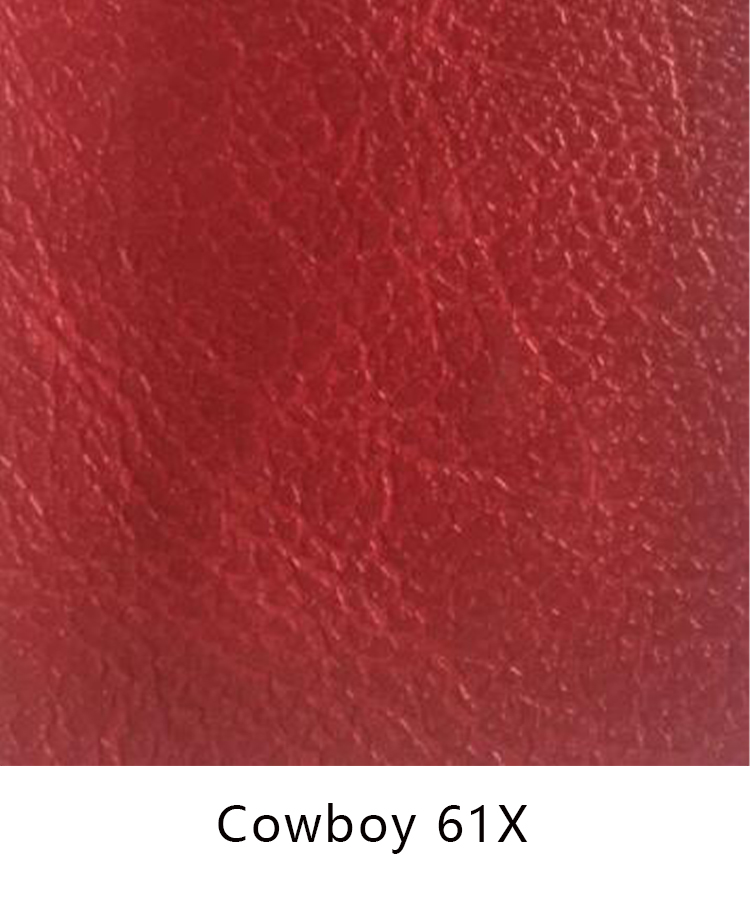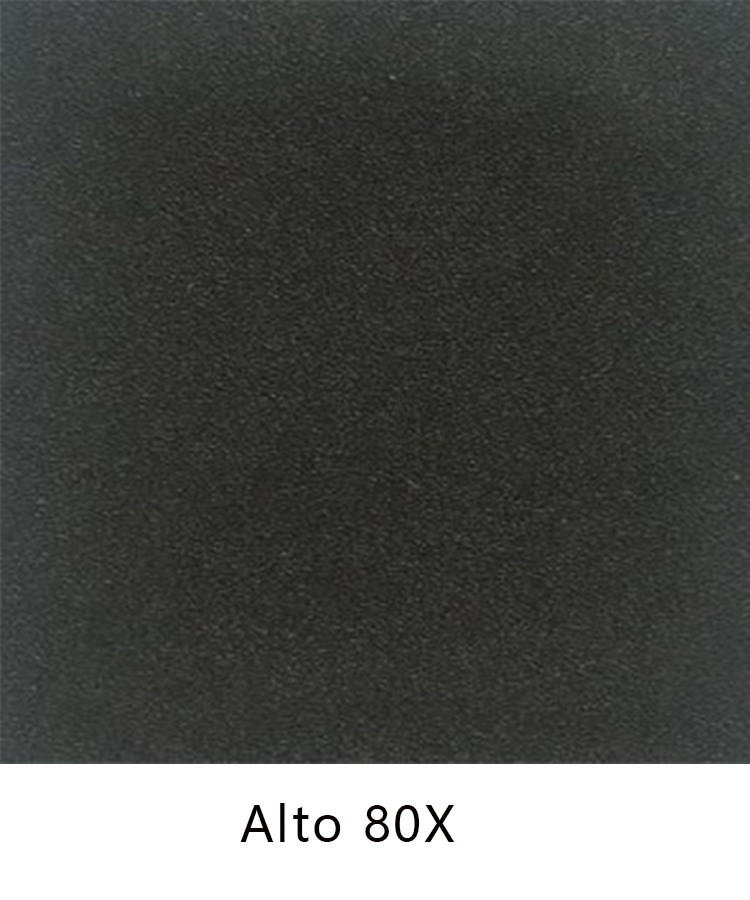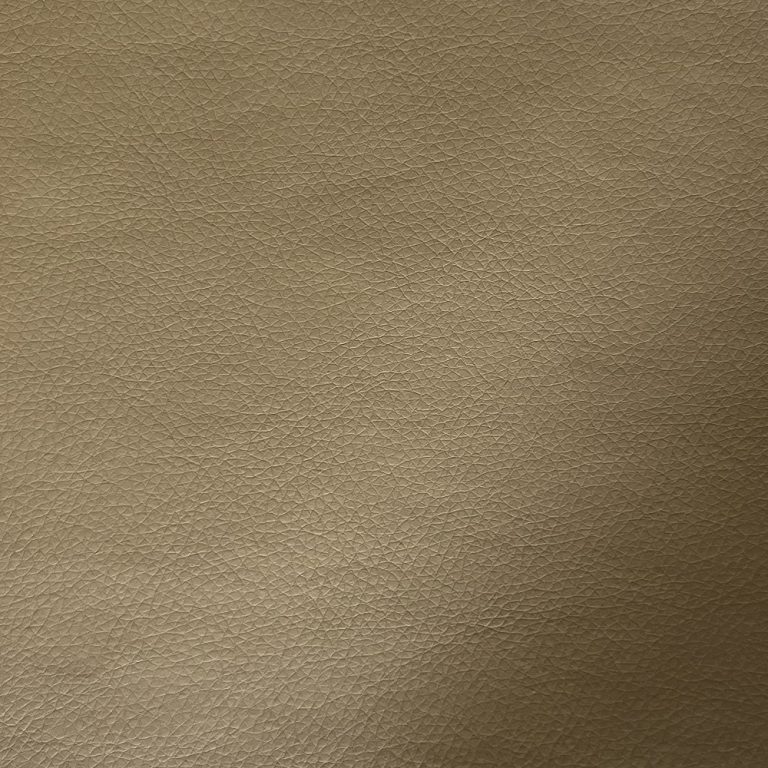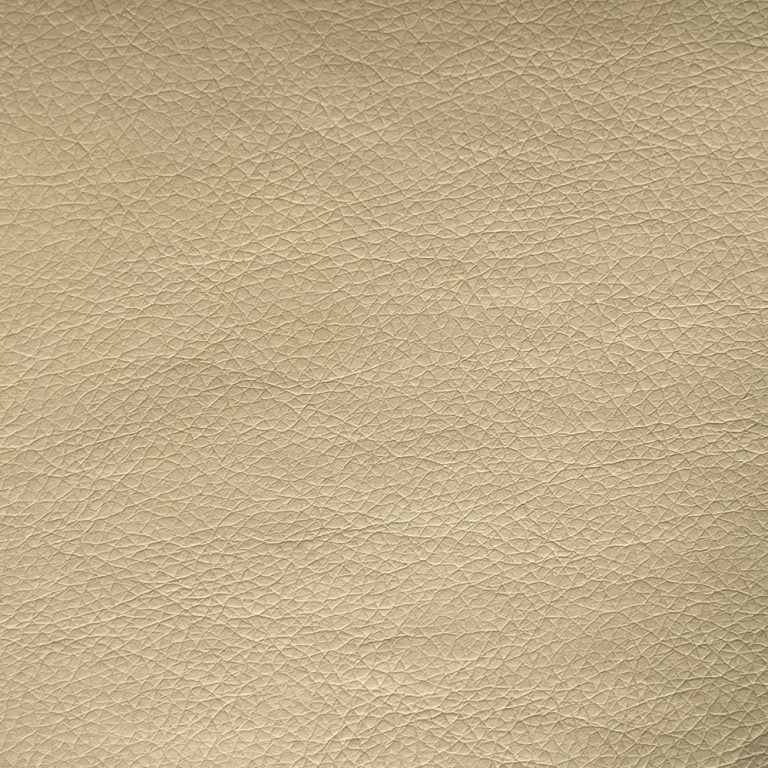Table of Contents
Pros and Cons of Using PU Leather for Binders
When it comes to choosing a material for binders, there are several options available, including PU leather and PVC. PU leather, also known as polyurethane leather, is a synthetic material that is designed to look and feel like real leather. It is often used in the production of various items, including binders, due to its durability and aesthetic appeal. However, like any material, there are both pros and cons to using PU leather for binders.
One of the main advantages of using PU leather for binders is its durability. PU leather is designed to be long-lasting and resistant to wear and tear, making it an ideal choice for items that will be used frequently, such as binders. This means that PU leather binders are less likely to show signs of damage or deterioration over time, making them a practical and cost-effective option for individuals and businesses alike.
In addition to its durability, PU leather is also known for its aesthetic appeal. PU leather binders often have a sleek and professional appearance, making them a popular choice for individuals who want to make a good impression in a professional or academic setting. The material is available in a wide range of colors and finishes, allowing for customization and personalization to suit individual preferences and needs.
Another advantage of using PU leather for binders is its ease of maintenance. Unlike genuine leather, PU leather does not require special care or maintenance to keep it looking its best. This makes PU leather binders a convenient option for individuals who want a low-maintenance solution for organizing and storing documents and other materials.
| Commodity Name | PU thermo leather |
| Nr. | 1 |
However, despite its many advantages, there are also some drawbacks to using PU leather for binders. One of the main disadvantages of PU leather is that it is not as environmentally friendly as other materials. PU leather is a synthetic material that is made from petroleum-based products, which means that its production and disposal can have a negative impact on the environment. For individuals who are concerned about sustainability and eco-friendliness, this may be a significant drawback to using PU leather binders.
Another potential downside to using PU leather for binders is its cost. While PU leather binders are generally more affordable than genuine leather binders, they can still be more expensive than binders made from other materials, such as PVC. This means that individuals and businesses on a tight budget may need to consider the cost implications of choosing PU leather binders over other options.


In conclusion, PU leather binders offer a range of benefits, including durability, aesthetic appeal, and ease of maintenance. However, it is important to consider the potential drawbacks, such as environmental impact and cost, before making a decision. Ultimately, the choice of material for binders will depend on individual preferences, needs, and priorities.
How to Care for and Maintain PVC Binders
PVC binders are a popular choice for organizing and storing documents, thanks to their durability and affordability. However, like any other item, PVC binders require proper care and maintenance to ensure they remain in good condition for as long as possible. In this article, we will discuss some tips for caring for and maintaining PVC binders.
First and foremost, it is important to keep your PVC binder away from direct sunlight and extreme temperatures. Prolonged exposure to sunlight can cause the PVC material to become brittle and discolored, while extreme temperatures can cause the material to warp or crack. Therefore, it is best to store your PVC binder in a cool, dry place, away from windows and heating vents.
When it comes to cleaning your PVC binder, it is best to use a mild soap and water solution. Avoid using harsh chemicals or abrasive cleaners, as these can damage the PVC material. Simply mix a small amount of mild soap with water, and use a soft cloth to gently wipe down the surface of the binder. Be sure to dry the binder thoroughly after cleaning to prevent any water damage.
In addition to regular cleaning, it is also important to handle your PVC binder with care. Avoid overfilling the binder, as this can put strain on the rings and cause them to become misaligned or damaged. When opening and closing the binder, be sure to do so gently to avoid putting unnecessary stress on the rings and spine.
If your PVC binder does become damaged, it is important to address the issue as soon as possible. Small tears or cracks can often be repaired using a PVC repair kit, which can be found at most office supply stores. Simply follow the instructions on the kit to patch up any damaged areas and prevent further deterioration.
When storing your PVC binder, it is best to keep it upright on a shelf or in a drawer, rather than laying it flat. Storing the binder upright will help prevent the rings from becoming misaligned, and will also help maintain the shape of the spine.
Finally, it is important to regularly inspect your PVC binder for any signs of wear and tear. Check the rings for any signs of misalignment or damage, and inspect the spine and cover for any cracks or tears. By catching any issues early on, you can prevent further damage and prolong the life of your PVC binder.
In conclusion, caring for and maintaining a PVC binder is relatively simple, but it requires regular attention and gentle handling. By following the tips outlined in this article, you can ensure that your PVC binder remains in good condition for years to come. With proper care, your PVC binder can continue to be a reliable tool for organizing and storing your important documents.






